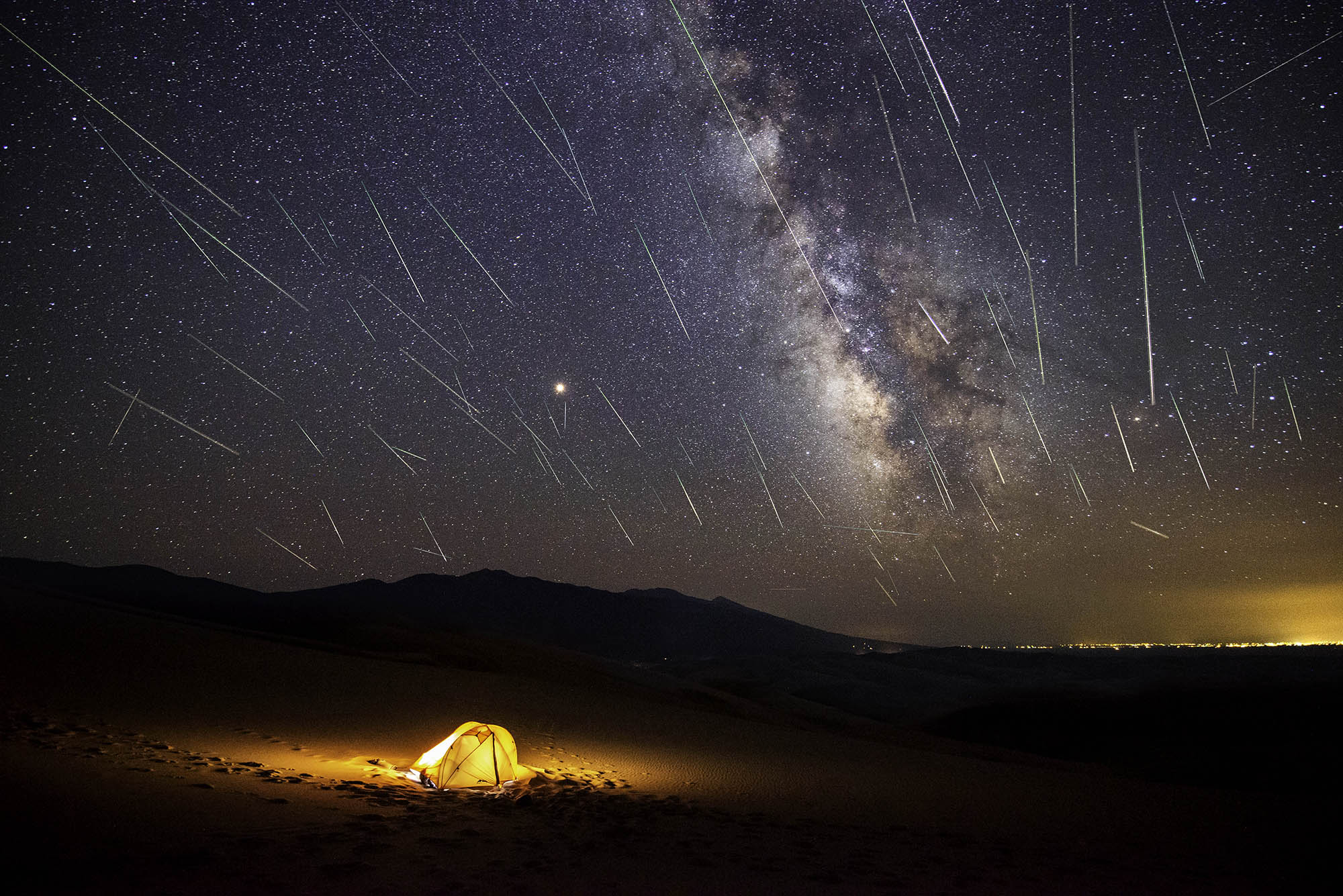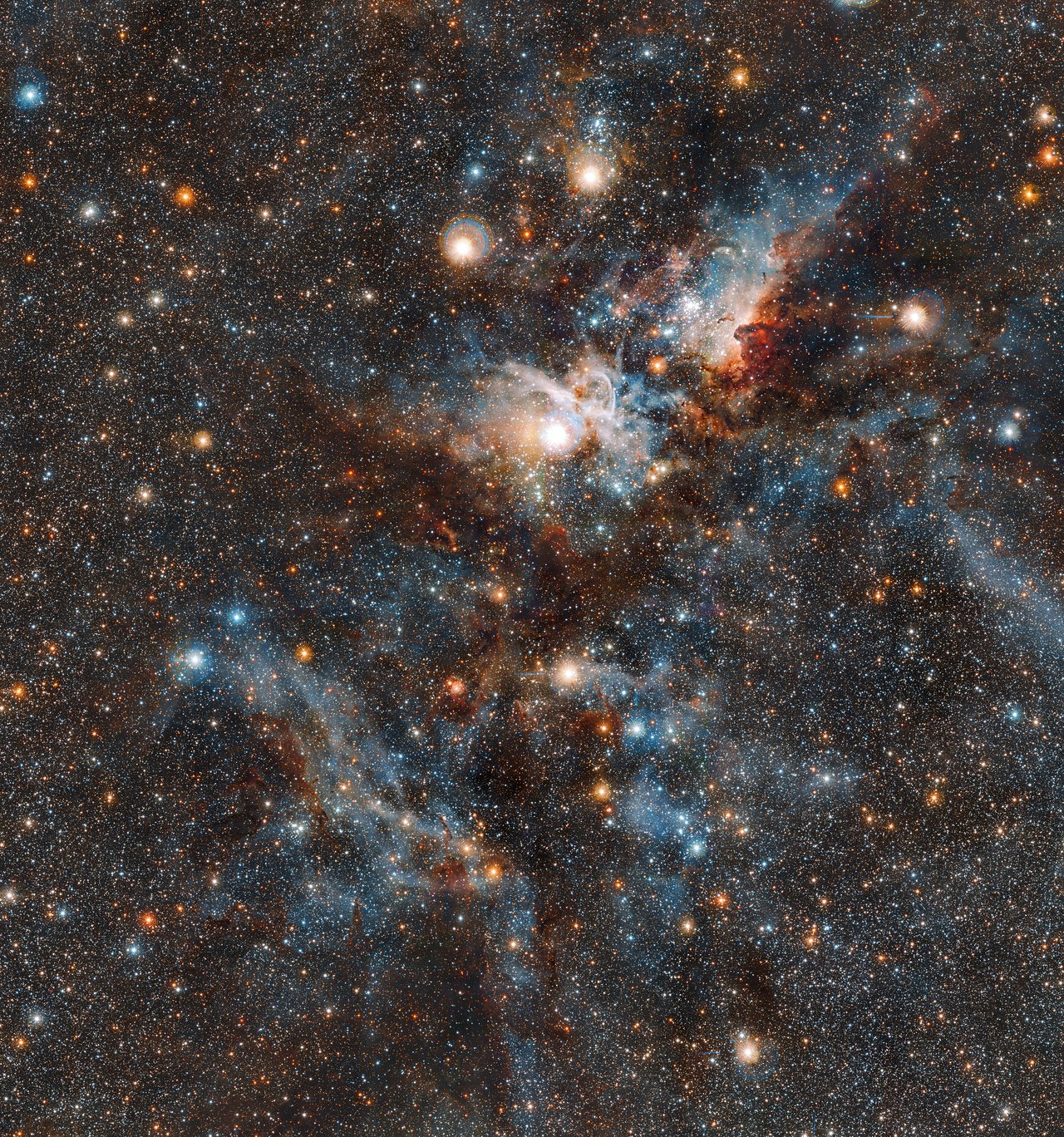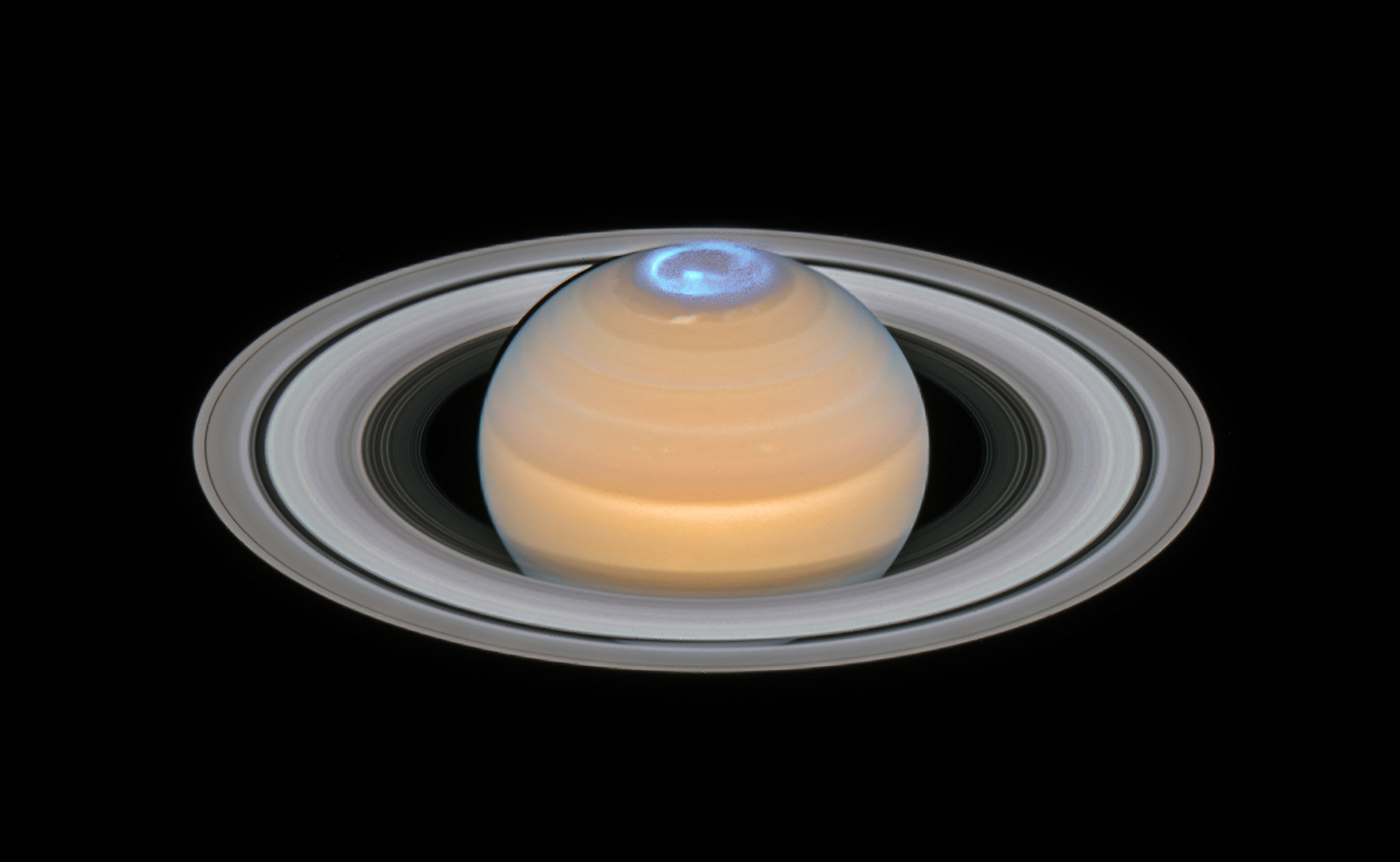Space Image of the Day Gallery (August 2018)
Perseids, Mars and the Milky Way
Wednesday, August 29, 2018: Dozens of Perseid meteors appear to sprint toward the Milky Way over Colorado's Great Sand Dunes National Park in this composite taken by astrophotographer Cody Limber. "I backpacked into the dunes to make sure that I was far away from all other lights," Limber told Space.com. "Although I got incredibly sandy, it was worth it and I managed to capture a ton of meteors throughout the night!" Mars is also visible in this photo, glowing brighter than any other star in the sky. — Hanneke Weitering
The Carina Nebula
Thursday, August 30, 2018: The Carina Nebula is brims with beautiful, multicolored stars and clouds of interstellar dust and gas in this stunning new image from the European Southern Observatory's VISTA telescope at the Paranal Observatory in Chile. This nebula is one of the largest star-forming regions in the Milky Way, and it lies 7,500 light-years away in the constellation of Carina. — Hanneke Weitering
Electric-Blue Auroras on Saturn
Friday, August 31, 2018: Vibrant auroras circle Saturn's north pole in this new image from the Hubble Space Telescope. Astronomers created this composite by combining images that were captured in ultraviolet light with observations of Saturn in optical, or visible wavelengths of light. While auroras on Earth are visible to the human eye, Saturn's auroras glow with ultraviolet light, which is outside the visible spectrum. — Hanneke Weitering
Breaking space news, the latest updates on rocket launches, skywatching events and more!

Space.com is the premier source of space exploration, innovation and astronomy news, chronicling (and celebrating) humanity's ongoing expansion across the final frontier. Originally founded in 1999, Space.com is, and always has been, the passion of writers and editors who are space fans and also trained journalists. Our current news team consists of Editor-in-Chief Tariq Malik; Editor Hanneke Weitering, Senior Space Writer Mike Wall; Senior Writer Meghan Bartels; Senior Writer Chelsea Gohd, Senior Writer Tereza Pultarova and Staff Writer Alexander Cox, focusing on e-commerce. Senior Producer Steve Spaleta oversees our space videos, with Diana Whitcroft as our Social Media Editor.



